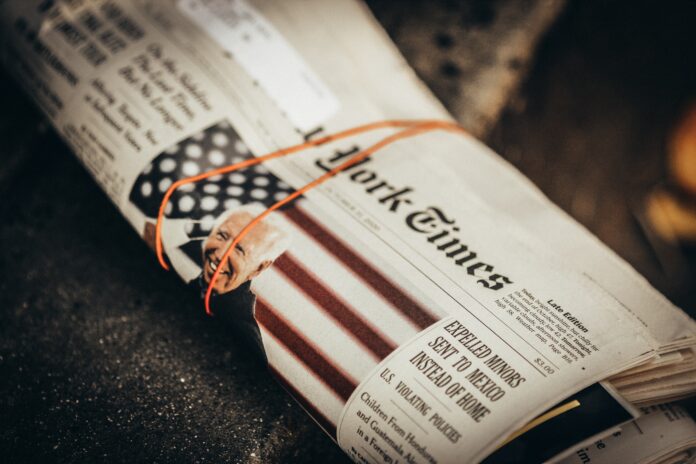As President Joe Biden enters his third year in office, the American economy has undergone a significant transformation from its state at the beginning of his term. Despite this, a substantial 58% majority of Americans now believe that Biden’s policies have worsened economic conditions, up from 50% a year ago, as per a recent CNN Poll conducted by SSRS. This article explores the divide between public perception and economic reality.
The Reality Check
In January 2021, when Biden took office, the nation was grappling with an economic crisis caused by the COVID-19 pandemic. At that time, the situation was dire, with unemployment at 6.3%, and the economy struggling to recover from the pandemic’s impact. According to Justin Wolfers, a professor of public policy and economics at the University of Michigan, this was one of the bleakest economic periods in recent memory.
The Remarkable Turnaround
Since those challenging days, the American economy has experienced a remarkable resurgence. Unemployment has consistently hovered around its lowest point in half a century, approximately 3.5%, for the past 18 months. Furthermore, August marked the 32nd consecutive month of job growth, while real wages, adjusted for inflation, have seen an upward trajectory.
Confidence Fuels Spending
This improved economic outlook has translated into heightened confidence among Americans. As a result, consumer spending has increased significantly, playing a pivotal role in keeping the U.S. economy vibrant. People are spending as if they’re in high spirits, despite their expressed concerns.
The Perception Puzzle
The discrepancy between the concrete economic improvements and the negative perceptions held by a significant portion of the population is a complex issue influenced by various factors.
1. Messaging and Partisanship
One major factor contributing to this gap is the portrayal of the economy in the media and its interpretation through a partisan lens. Political affiliations can significantly influence individuals’ perceptions of economic conditions, with messages from different political parties shaping public opinion.
2. Inflation Anxiety
Another element amplifying the negative perception is anxiety over inflation. Although real wages are rising, the increasing cost of goods and services can overshadow these gains, creating the impression that people are falling behind financially.
3. Income Disparity
Income inequality remains a pressing issue in the United States. Despite overarching economic improvements, many Americans continue to face financial hardships, leading to the perception that the benefits of a strong economy are not universally distributed.
4. Lingering COVID-19 Effects
The enduring repercussions of the COVID-19 pandemic have left some segments of the population apprehensive about economic stability. Concerns about potential future uncertainties can overshadow the current economic progress.
The Policy Influence
President Biden’s economic policies have played a pivotal role in shaping the country’s current economic landscape. However, debates persist regarding the effectiveness of these policies and their impact on various economic indicators.
1. Pandemic Response
Biden’s administration has prioritized an aggressive approach to managing the COVID-19 pandemic, a strategy credited by many experts with hastening economic recovery. Vaccination campaigns and stimulus packages have significantly contributed to restoring consumer and business confidence.
2. Infrastructure Investments
The approval of substantial infrastructure investment bills holds the potential to further stimulate economic growth and employment. These investments address longstanding issues in areas such as transportation, broadband access, and clean energy.
3. Managing Inflation
The administration faces the challenge of managing inflation concerns effectively. Implementing measures to curb rising prices is vital to maintaining public confidence in the economy.
A noticeable perception gap exists between the current state of the American economy and public sentiment. Despite considerable improvements in key economic indicators such as unemployment and real wages, a significant portion of the population maintains a pessimistic view of the economic landscape.
Factors such as media messaging, partisan divides, inflation worries, income inequality, and the ongoing effects of the COVID-19 pandemic contribute to this perception divide. President Biden’s policies, including pandemic response initiatives and infrastructure investments, have played a pivotal role in shaping today’s economic landscape.
To bridge this perception gap and ensure that the positive economic developments benefit all Americans, policymakers must address the concerns and challenges impacting public perception. Effective communication and sound policy management will be crucial in aligning public sentiment with the objective reality of a robust and improving economy.




